The Witches of Halloween Past
Sexy or scary, the outfit has cast a spell on costume wearers going back many years
If recent memes are any indication, it’s likely you’ll wind up as Big Bird, a face-eating zombie, Psy or the Ecco Homo fresco for Halloween. Or, there are the classics. You know, the default ghosts, scarecrows, clowns and witches our parents’ and even our grandparents’ generations wore for Halloween. (Turns out that my grandmother, my mother and I all had our turns as teenage witches, going door-to-door clad in black pointy hats collecting our bounty.)
Halloween is thought to date back more than 2,000 years to a time when Celtic people celebrated New Year’s Day, or Samhain, on the equivalent of November 1. Legend has it that the day before, or Samhain eve (now known as Halloween), fairy and demon spirits would appear in the ether as they traveled to the afterlife. Celts dressed in costumes to stave off the evil spirits and tap into the souls of their ancestry.
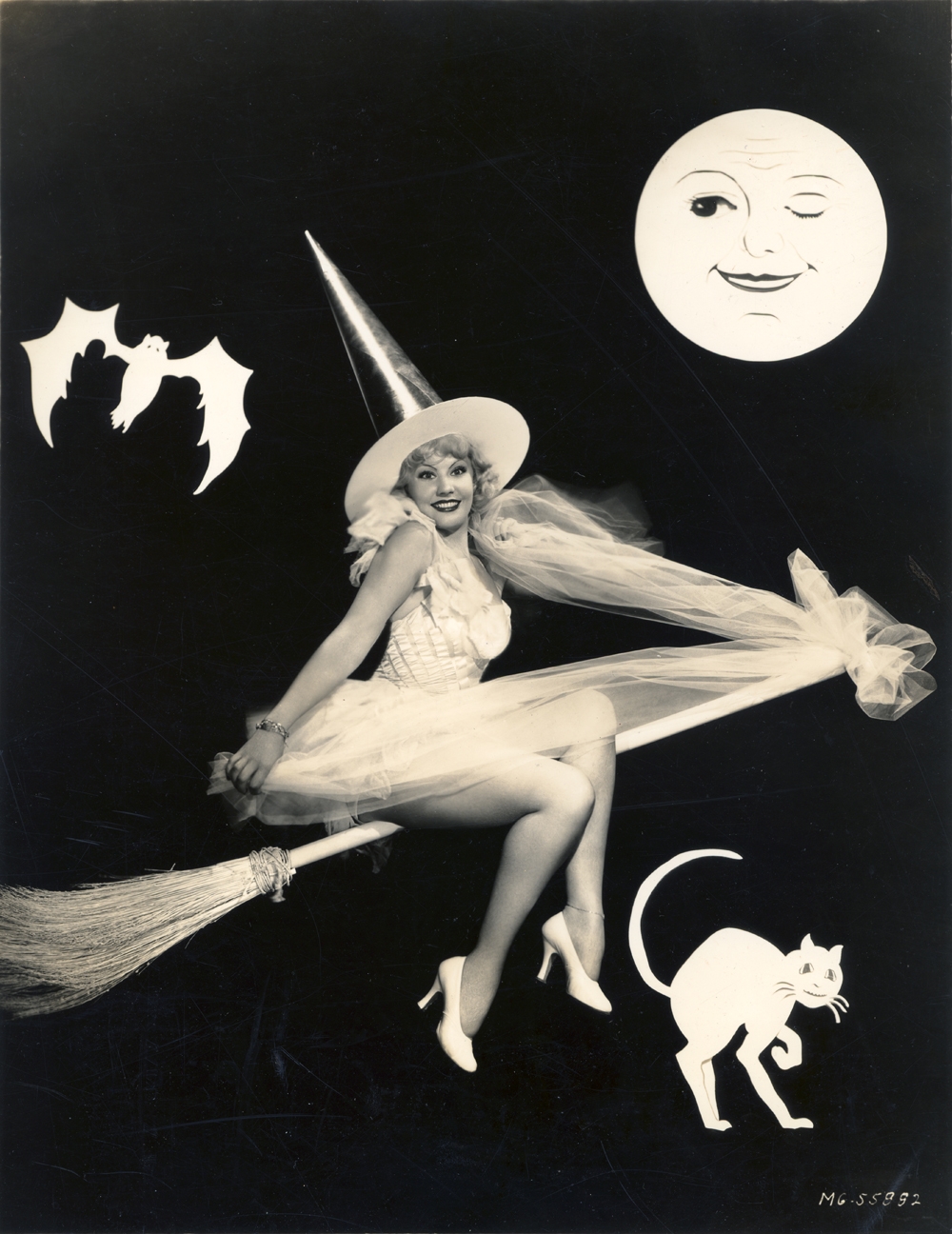
Witch fashion, 1938.
All Hallows’ Eve, as it’s also known, was brought to the United States by European immigrants in the 1800s and with it, the witch costume. With absolutely no scientific evidence, one could conjecture that at least one in four people has dressed up as the hooked-nose, broom-laden, cauldron-stirring, wart-faced caricature at least one time in his or her Halloween career. As proof of this hypothesis, images of Halloween witches throughout the decades aren’t difficult to come by.
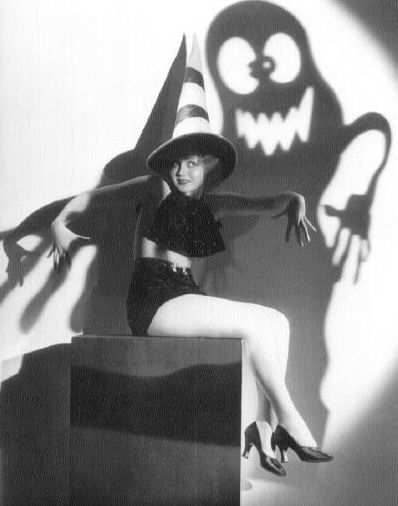
Nancy Carroll, date unknown.
Sexy witches, pin-up witches, cutesy witches. I’d assumed that the proliferation of racy costumes (bananas and bubble gum costumes included) was a more recent occurrence. Slate suggests that the tawdriness actually began in the 1970s for a few reasons: Drag queens began dressing up for Halloween in skimpy outfits; the Halloween parade kicked off in Greenwich Village in 1973 and was quickly mimicked in the Castro and West Hollywood; and retailers began selling suggestive pre-fab costumes. But from digging around for old photos and coming upon images of scantily clad enchantresses riding those broomsticks beginning in the 1910s, it looks like witches were less Salem and more sassy much earlier than the disco decade.
P.S. Ever wonder why broomsticks were a witch’s accessory of choice? Brooms weren’t initially meant for flying. In Celtic times, they had a much more mundane purpose; they were used to clean an area before a healing ritual could be performed. But if you ask me, the broomstick’s primary function was likely to shoo away black cats from crossing your path.
/https://tf-cmsv2-smithsonianmag-media.s3.amazonaws.com/accounts/headshot/emily-spivack-240.jpg)
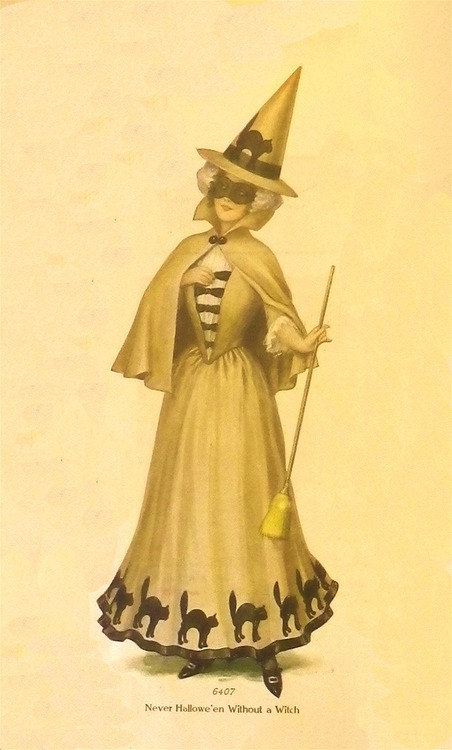
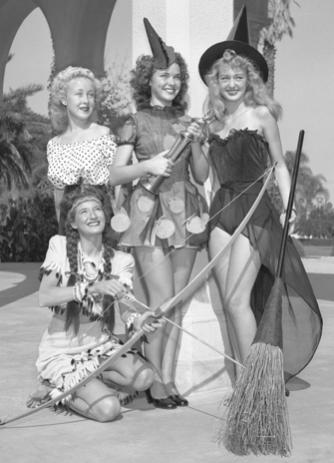
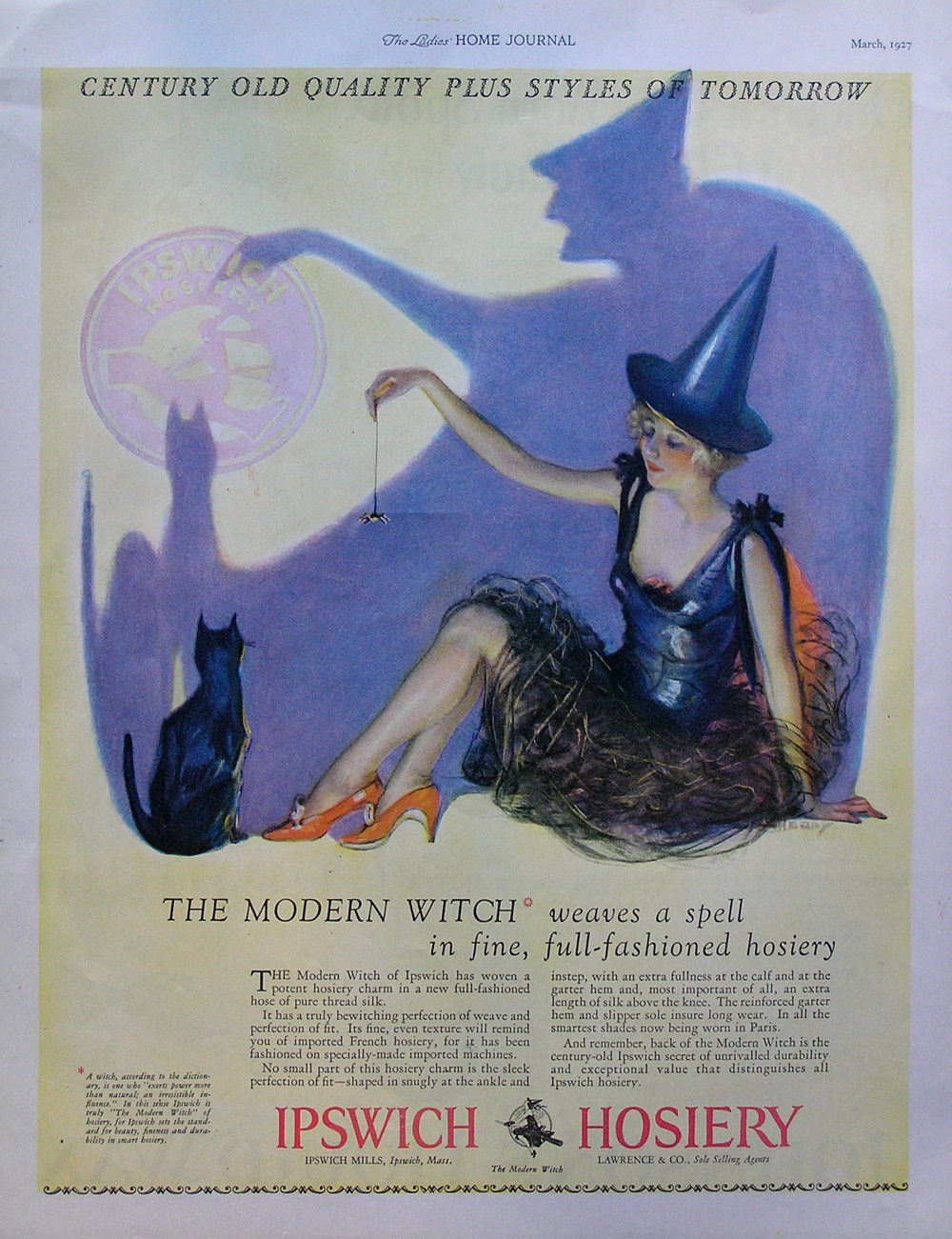
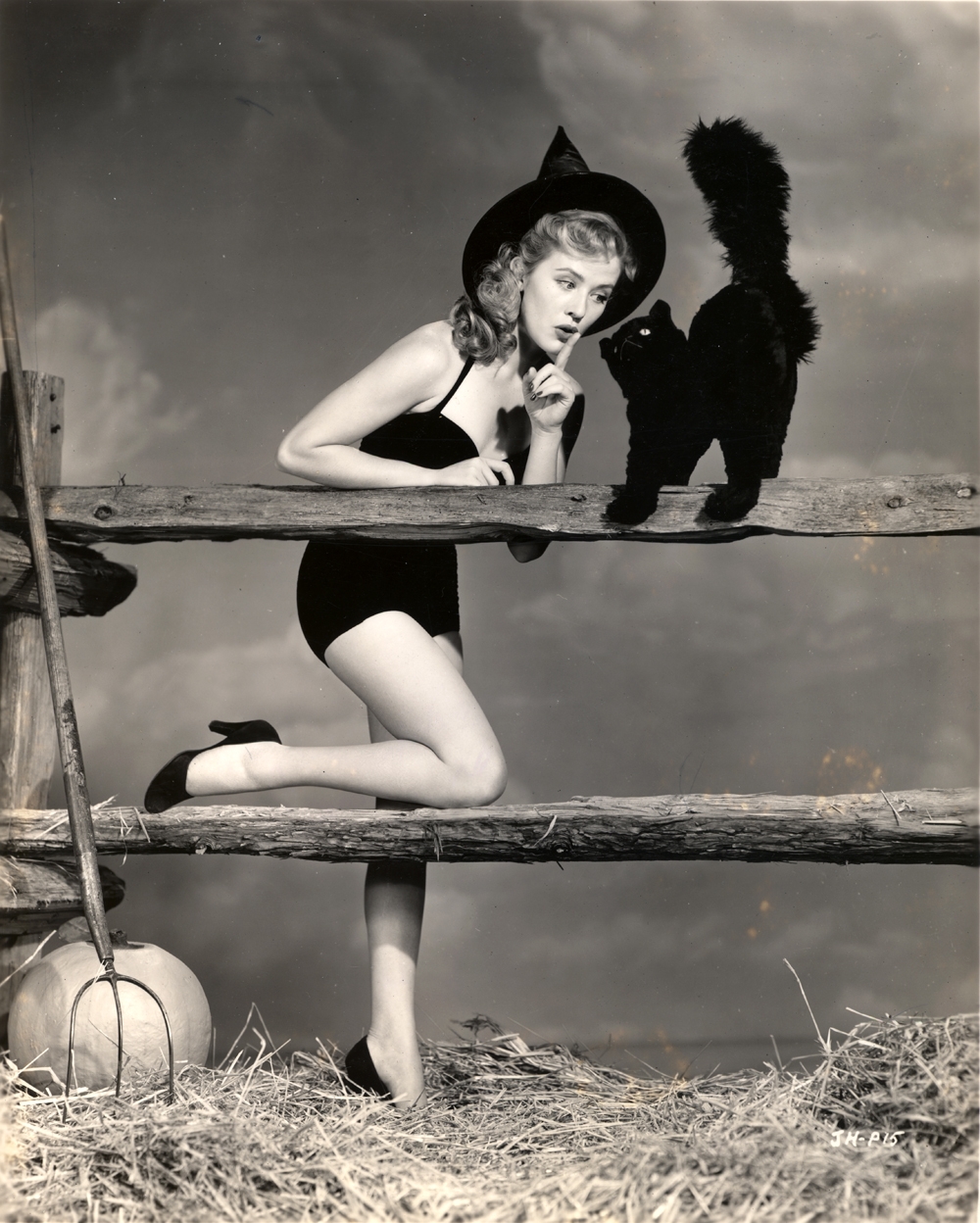
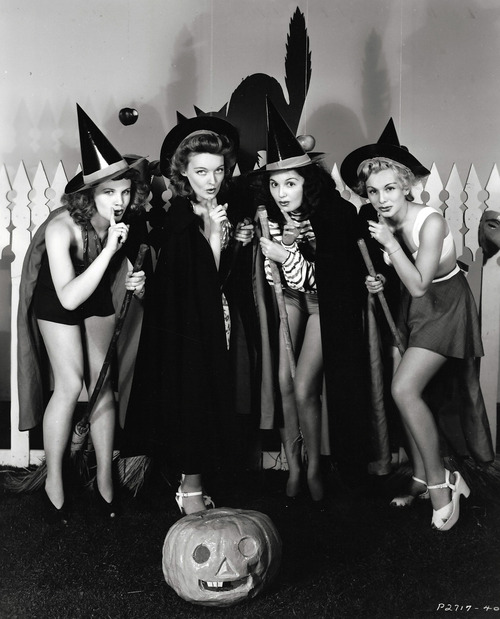
/https://tf-cmsv2-smithsonianmag-media.s3.amazonaws.com/accounts/headshot/emily-spivack-240.jpg)